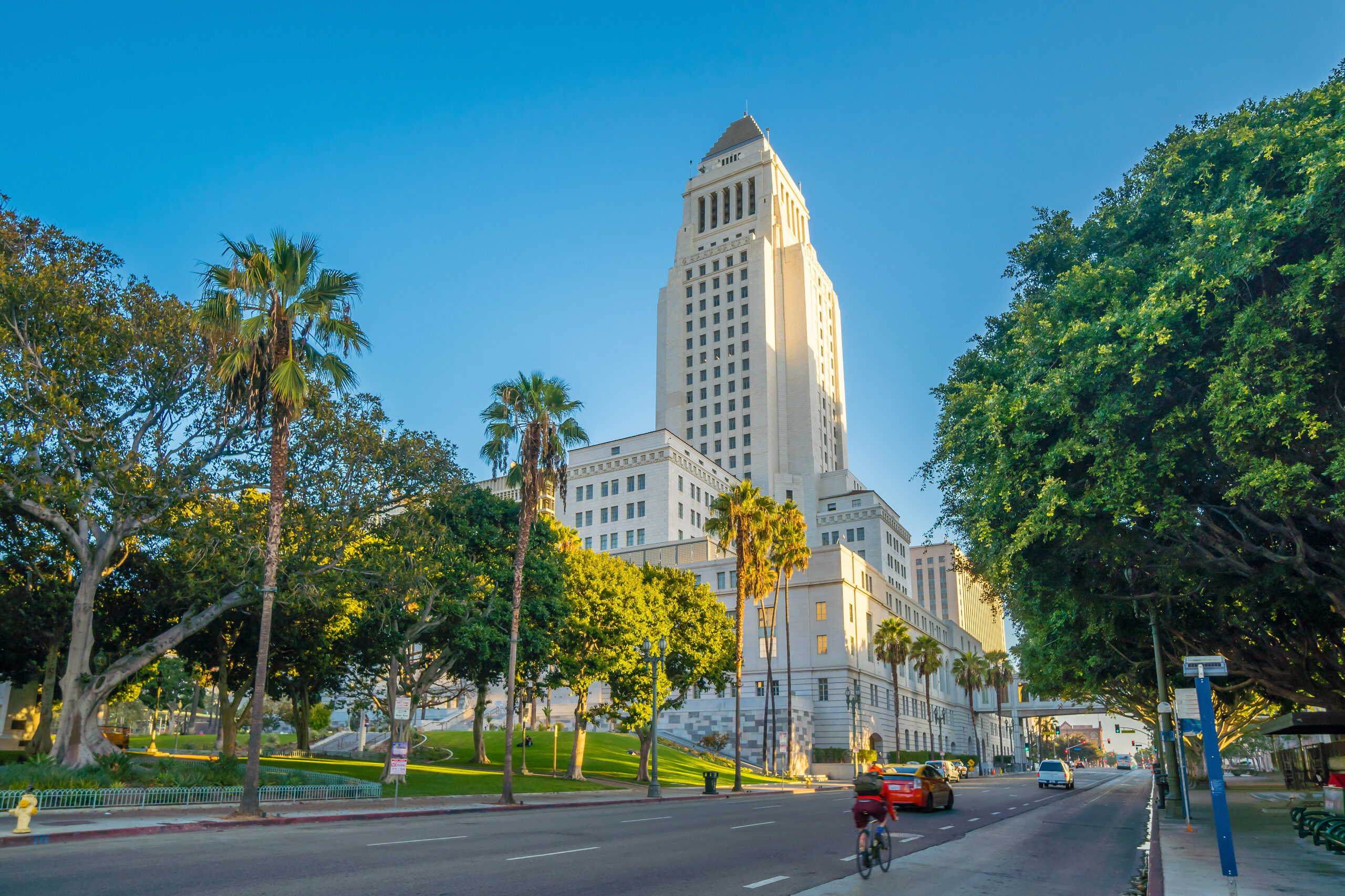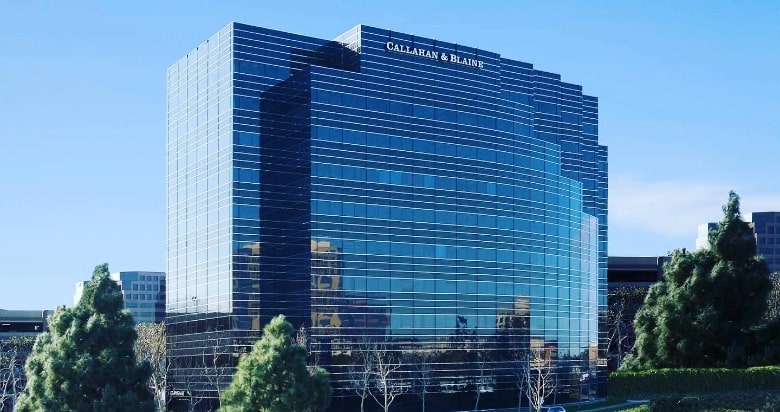 When a city bus runs a red light and crashes into your vehicle, or you slip and fall on a broken sidewalk maintained by the county, pursuing compensation becomes significantly more complex than typical personal injury cases. Government entities operate under special legal protections that can make these claims challenging, but understanding the process and acting quickly can help you secure the compensation you deserve.
When a city bus runs a red light and crashes into your vehicle, or you slip and fall on a broken sidewalk maintained by the county, pursuing compensation becomes significantly more complex than typical personal injury cases. Government entities operate under special legal protections that can make these claims challenging, but understanding the process and acting quickly can help you secure the compensation you deserve.
At Callahan & Blaine, PC, our personal injury attorneys have over 40 years of experience navigating the intricate rules governing claims against government entities. With our track record of securing record-breaking verdicts and settlements, including the largest personal injury settlement in United States history, we understand how to overcome the unique obstacles these cases present.
Understanding Government Liability and Sovereign Immunity
Government entities historically enjoyed broad protection from lawsuits through a legal doctrine called sovereign immunity, which essentially meant “the king can do no wrong.” While California has waived much of this immunity through the Government Claims Act, significant restrictions still apply to personal injury claims against government entities.
The California Government Code allows lawsuits against government entities in specific circumstances, but these cases must follow strict procedural requirements that differ dramatically from standard personal injury claims. Missing deadlines or failing to follow proper procedures can result in losing your right to compensation entirely, regardless of how clear the government’s negligence may be.
Government entities include cities, counties, state agencies, school districts, transit authorities, and other public organizations. Each may have slightly different rules and procedures, making it crucial to work with attorneys who understand these nuances and can navigate the complex legal landscape effectively.
Common Types of Government Entity Claims
Personal injury claims against government entities arise in numerous situations where public employees or government-maintained property cause harm to citizens. Understanding these common scenarios can help you recognize when you may have a valid claim.
Dangerous Conditions of Public Property
Government entities have a duty to maintain public property in a reasonably safe condition. When they fail to address known hazards or create dangerous conditions, they may be liable for resulting injuries. Examples include:
- Poorly maintained roads with potholes, broken pavement, or inadequate signage
- Defective traffic signals or missing stop signs that contribute to accidents
- Dangerous conditions in parks, including broken playground equipment or inadequate lighting
- Hazardous sidewalks with cracks, uneven surfaces, or construction debris
- Unsafe public buildings with structural defects or security issues
- Flooding or drainage problems that create slip-and-fall hazards
The government must have actual or constructive notice of the dangerous condition and sufficient time to address it before liability attaches. This means proving the government knew or should have known about the hazard and failed to take reasonable steps to fix it or warn the public.
Critical Deadlines and Procedural Requirements
The most important aspect of government entity claims involves strict deadlines that are much shorter than standard personal injury cases. California requires filing a formal claim with the appropriate government entity within six months of the incident, compared to the typical two-year statute of limitations for personal injury cases.
This six-month deadline is absolute and applies regardless of the severity of your injuries or the clarity of the government’s negligence. Courts have very limited authority to extend this deadline, even in cases involving minors or individuals who were unconscious or mentally incapacitated following their injuries.
The claim must be filed with the specific government entity responsible for the negligence. Determining which entity to file against requires careful analysis, as filing with the wrong entity can result in missing the deadline entirely. For example, a pothole case might involve the city, county, or state, depending on which government level maintains that particular road.
Proving Government Negligence and Liability
Establishing liability against government entities requires proving the same basic elements as other negligence cases, but with additional complications. You must show that the government owed you a duty of care, breached that duty, and caused your injuries through that breach.
Government entities often argue they are entitled to discretionary immunity for policy decisions or that they followed established procedures, even if those procedures proved inadequate. Overcoming these defenses requires a thorough investigation and compelling evidence that the government’s actions or inactions fell below reasonable standards.
Documentation becomes crucial in these cases. Government entities maintain extensive records of maintenance activities, employee training, incident reports, and internal communications that may support your claim. However, obtaining these records often requires formal legal processes and knowledge of public records laws.
Compensation Available in Government Claims
When successful, government entity claims can provide compensation for the same types of damages available in other personal injury cases. This includes medical expenses, lost wages, pain and suffering, and other economic and non-economic losses resulting from your injuries.
However, some government entities have statutory caps on damage awards that may limit the total compensation available. These caps vary depending on the specific government entity involved and the type of claim, making it important to understand the potential limitations before investing time and resources in pursuing your case.
Get the Legal Help You Need
Personal injury claims against government entities require focused knowledge, quick action, and extensive resources to investigate and prove your case. The strict deadlines and complex procedural requirements make it essential to consult with experienced attorneys immediately after your injury occurs.
Our team at Callahan & Blaine, PC has the experience and resources needed to handle these challenging cases effectively. With 29 experienced trial attorneys and over 40 years of litigation excellence, we possess the skills and determination needed to hold government entities accountable for their negligence. Do not let strict deadlines prevent you from seeking the compensation you deserve. Call us at (714) 241-4444 or contact us online to discuss your case and learn how we can help you navigate this complex legal process.

